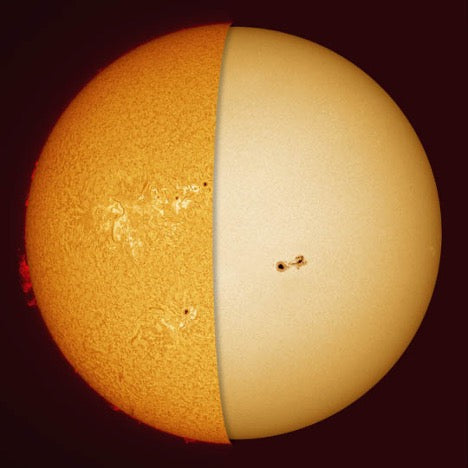Kendrick Astro Visual Solar Filters with Solar Finder
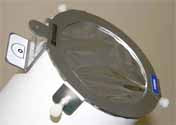
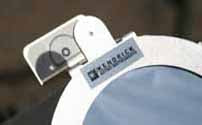
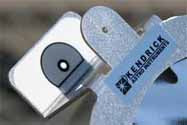
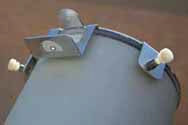




Kendrick Astro Visual Solar Filters with Solar Finder
Outer Diameter Sizing Range - 70mm-90mm (70mm Filter Aperture) (6001-SF)
$129 80mm-95mm (75mm Filter Aperture) (6002-SF)
$136 90mm-120mm (80mm Filter Aperture) (6004-SF)
$137 100mm-130mm (90mm Filter Aperture) (6005-SF)
$138 110mm-140mm (100mm Filter Aperture) (6006-SF)
$159 113mm-143mm (110mm Filter Aperture) (6007-SF)
$162 150mm-180mm (130mm Filter Aperture) (6008-SF)
$172 165mm-195mm (155mm Filter Aperture) (6011-SF)
$179 220mm-250mm (8" Filter Aperture) (6013-SF)
$229 245mm-275mm (9.25" Filter Aperture) (6015-SF)
$267 275mm-305mm (10" Filter Aperture) (6016-SF)
$286 305mm-335mm (11" Filter Aperture) (6017-SF)
$299 320mm-350mm (12" Filter Aperture) (6018-SF)
$295
Why Purchase from All-Star Telescope?
Free Expert Support
Whether you are a first timer needing help with setting up or an enthusiast that can't quite make that one thing work, our expert staff are ready to support your needs. With decades of knowledge and first hand experience we've been there and we can help you through it!
Stress Free, Secure Transactions
You can trust purchasing and delivery with All-Star Telescope. All of our transactions are 100% secure and Level 1 PCI DSS compliant thanks to Shopify's ShopPay platform. For additional protection, we insure 100% of the value of every shipment we make. If it get's lost during shipment, we replace it. If it gets damaged during shipment, we replace it. We make sure your product arrives exactly as you would expect it to; we promise.
We also ensure privacy protection. We never keep any of your credit card information on file and any of your personal data is stored according to our policies.
30 Day Return Policy
Buy with confidence knowing that we accept returns up to 30 days after purchase. We want you to have something you will actually use and we are confident that we keep good quality products in our store with No Junk.
Price Match Promise
Shipping around for the best price is tough, we make it easier by offering the best pricing in the market. But if you find a better price on an in-store item somewhere else we will match it!
Product Description
NEW! Solar Filters with Built-In Sun Finder!
The new design has a built in sun finder making centering the sun in your eyepiece very easy. The finder target is visible from both the front and back sides of the filter making centering the sun easy from either end of the telescope.
We have replaced the filter rims with three tabs that contain a secure threaded insert and a nylon thumb screw, making the filter much lighter without reducing the security of the fit. The main reason we made this particular change is that many telescopes have dovetails or other attachments that interfere with the proper fitting of a solar filter to the telescope. Now the filter can be placed onto the scope so that the three thumb screws always firmly attach to the body of the scope. As well, the tabs extend down far enough to allow the thumbscrews to connect beyond the bevels found on some dew caps or the corrector plate rings and tube rings of some telescopes, ensuring a very secure connection to the telescope.
Baader AstroSolar Film
Kendrick Solar filters featuring Baader film are famous for their exquisite sharpness and detail across the entire field of view in an eyepiece and have a very pleasing and comfortable image brightness.
The filter material itself is the famous BAADER AstroSolar Film. This film has set a new standard for white light filters and gives a very pleasing and high resolution image. The image color is a bluish white. The filters are available in photographic film also. Constructed of aluminum. Baader film is incredibly tough and does not break or tear easily. To puncture it with a blunt object takes a lot of force, much more force that would be used in normal day to day usage.
Unlike glass filters, Baader film does not have a perfect cosmetic surface. Wrinkles, folds, kinks, pinholes and other imperfections in this film are normal and will be present on any Baader film solar filter purchased from us. These do not affect the image quality or safety of the filter. In fact, most experienced solar observers say that "wrinkles" improves image contrast. Pinholes, even at full solar intensity, work as a camera obscura. This means that each pinhole would project its own solar image, just like eyepiece projection. Anyone expecting or requiring a perfect cosmetic filter surface should consider another manufacturer's filter.
Attachment Details
Filters will attach to the front of your telescope/binoculars/camera lens and clamp onto the outside of the optical tube assembly (OTA). There are now thousands of telescopes, binoculars, and camera lenses and we can't keep track, so we intentionally avoid stating size information with reference to specific equipment models. But it is really easy to find the right fit. Simply measure the outside diameter of your optical TUBE. NOT the size of the lens or mirror, but rather the diameter of the tube that houses your lens/mirror. If you are using a refractor telescope or camera lens, you have a choice to attach the filter to the Dew-Shield/Lens-Shade OR directly onto the body of the telescope/camera lens. SCT & Dobsonian owners take note....do you have dove-tail bars or other accessories mounted near the front of your telescope? Take those into account when choosing the right fit.
NOTE: To ensure proper fit of the solar filter you must measure the outside diameter of the front opening of the telescope, binoculars or lens. To convert measurements in inches to metric, multiply your measurement that is in inches by 25.4. For example, a dew cap that is 6.25" outside diameter will be 159 mm (6.25 x 25.4 = 158.75mm)


